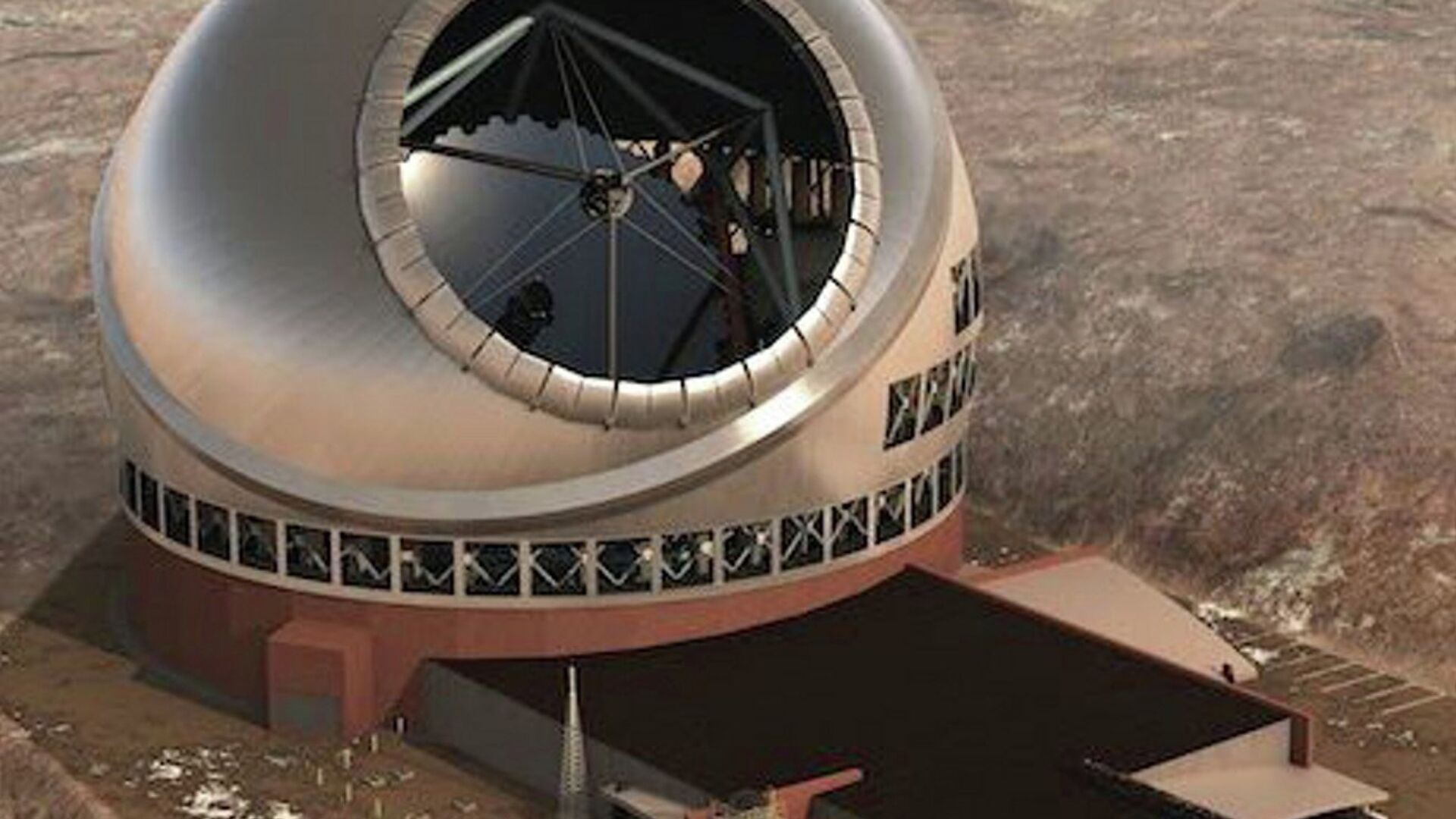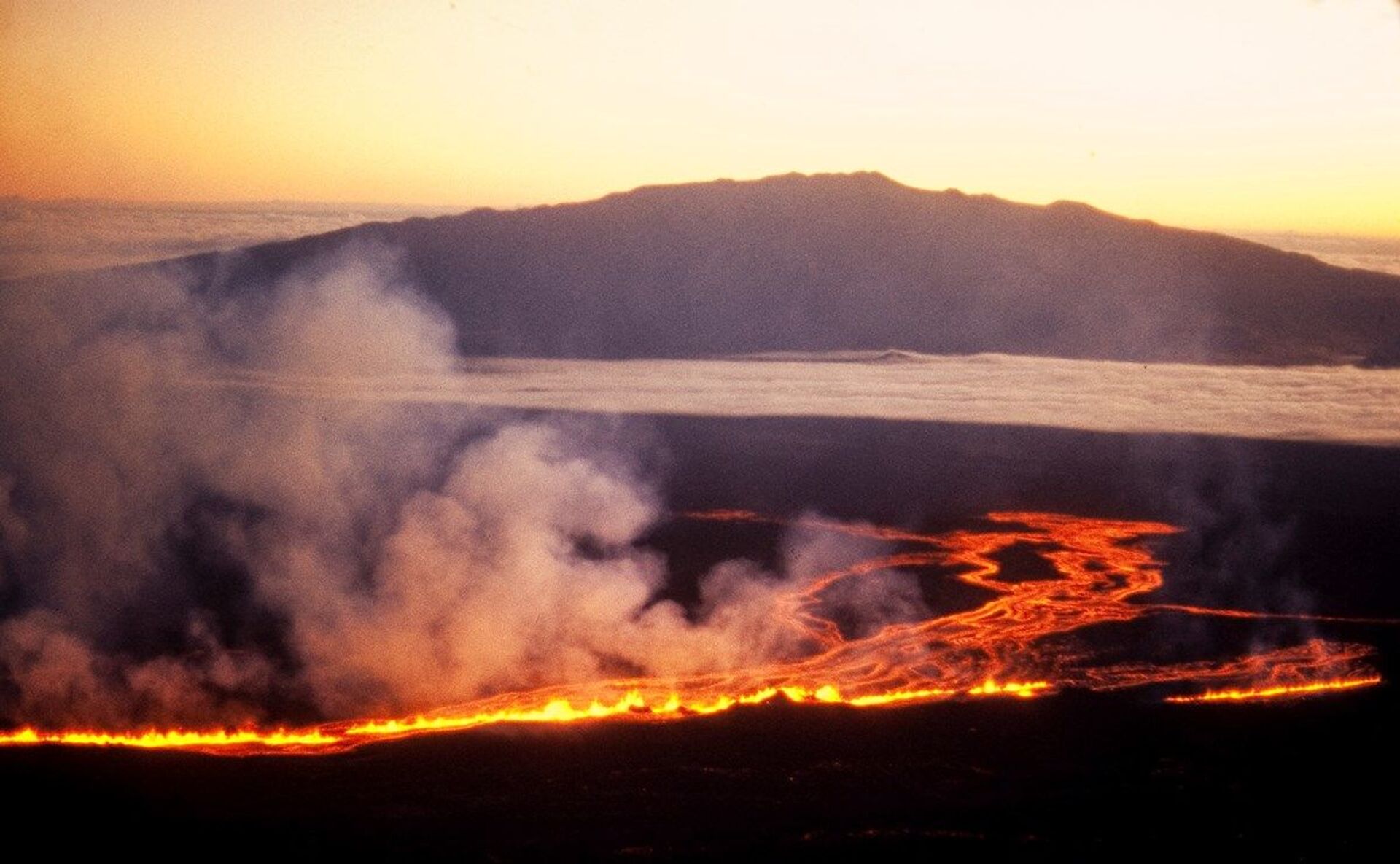Balancing Astronomy, Culture & Environment: Hawaii to Resolve Standoff Over Sacred Mountain Summit

© Flickr / 114803912@N02
Subscribe
The Thirty Meter Telescope (TMT) is an under-construction extremely large telescope that has become controversial due to its planned location on Mauna Kea, a dormant volcano on the Big Island of Hawaii - territory administered by the University of Hawaii since the 1960s and deemed sacred by Native Hawaiians..
Native Hawaiians have hailed a major victory in their struggle to regain stewardship of Mauna Kea, one of two large mountains that dominate the Hawaiian landscape.
A new state law, signed into legislation in July by Hawaiian Governor David Ige, is to ensure that the site which houses some of the world’s most powerful observatories and which locals consider sacred is “protected for future generations.”
Native Hawaiian cultural experts are to be granted voting seats on a new body - the Mauna Kea Stewardship and Oversight Authority – composed of scientists, university officials and people in the local community. The 11-member voting group will now have majority authority over how the land is managed in an attempt to balance the needs of science with culture and the environment.

Screenshot from the video captured by the Subaru Telescope in Hawaii, showing a weird shiny spiral in the sky above Mauna Kea
© Photo : YouTube/ 管理人_すばる
Furthermore, in line with the law, the group must include one member who is a “lineal descendant” of a practitioner of Native Hawaiian traditions, as well as one currently recognized practitioner of the afore-said mores.
“This is the first time with the new authority that cultural practitioners and community members will actually have seats in the governing organization,” Wong-Wilson, executive director of the Lālākea Foundation, stated.
Science Versus Traditions
At 13,803 feet (4,207 meters) above sea level, the summit of Mauna Kea, a dormant volcano, has been a vantage point for groundbreaking astronomical research since the first large telescopes were erected there in the early 1970s. In 1968, the state gave the University of Hawaii a 65-year lease for the land, which it has been subleasing to leading global research institutions.
Factors such as the height of the mountain, the dry air, natural lack of light pollution make the site a hot spot for observing the sky. However, Native Hawaiians have been voicing fears that facilities such as the large observatories place too big a strain on the environment and its fragile ecosystem.
The Gemini North Observatory is one of the largest and most advanced optical and infrared telescopes in the world. It is located on Mauna Kea in Hawaii, one of the world’s premier astronomy locations. The Gemini North telescope has a twin telescope https://t.co/hrZxCwiKpq pic.twitter.com/kJJYazjGG7
— SpaceQuip Journal (@spacequip_eu) August 18, 2022
With thirteen telescopes already operating on Mauna Kea, the planned construction of the Thirty Meter Telescope, or TMT, was “poised to have a comparable impact as the James Webb Space Telescope,” according to Doug Simons, the director of the University of Hawai’i Institute for Astronomy.
Construction of the $2.65 billion telescope, backed by the University of California and other institutions, triggered protests in 2019 by people calling themselves ‘protectors of the mountain.’
The University of Hawaii now has until 2028 to officially hand over management to the authority, with astronomers hoping they will be able to renew leases for state land underneath their observatories, expiring in 11 years time.

The sun rises beyond Mauna Kea as lava flows down the side of Mauna Loa on the morning of July 6th, 1975
© Photo : USGS Photo/D. Peterson
Pressure to address Hawaii's controversial telescope issue has been coming from the US astronomy community as well, according to AP.
“This is not just the Big Island issue, it’s not just a state issue, but I believe it’s a global issue…I believe that the world is watching to see how we deal with this,” state Sen. Donna Mercado Kim was cited as saying.
Spectacular Flying-Saucer Cloud Seen On Top Of Mauna Keahttps://t.co/DKq8k07BIJ pic.twitter.com/AuMmC4o7Rm
— IFLScience (@IFLScience) August 16, 2022
While those behind the TMT still hope to construct it on the summit of Mauna Kea, they have selected a site in Spain's Canary Islands as a backup.
Doug Simons, head of the University of Hawaii’s astronomy program, is concerned the new authority might not be up and running in time to renew the summit master lease and subleases. If the master lease is not renewed, it requires that all existing telescopes be decommissioned and their sites restored to their original state by 2033.
According to Simons, at least five or six years would be needed to dismantle the telescopes and their infrastructure.
Rich Matsuda of W.M. Keck Observatory has called on all involved to avoid being “stakeholders with narrow interests just trying to ensure that they get their piece of the pie.”

